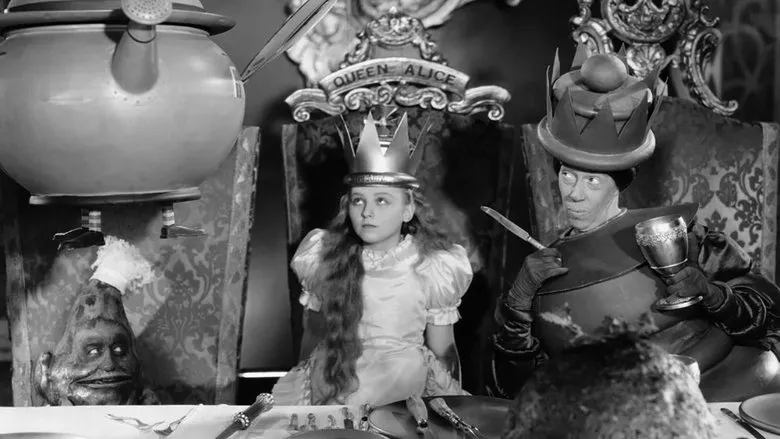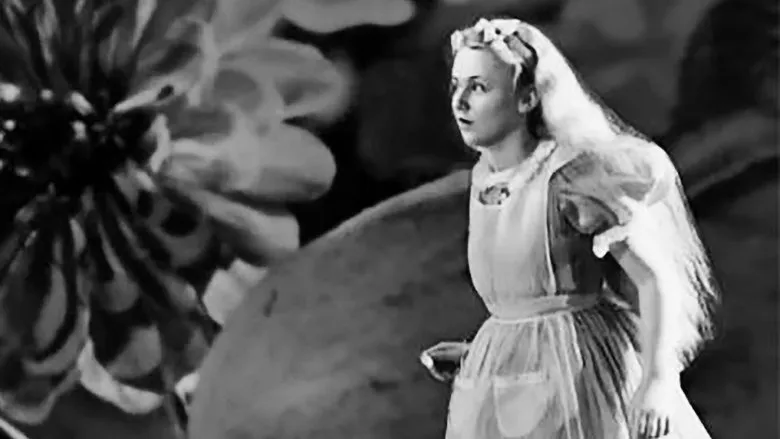The collision of two prominent creative forces didn’t result in a disaster, but it wasn’t exactly a triumph either.
This is a reimagining of Carroll’s “Alice” tale, where the protagonist revisits Wonderland, embarks on new adventures, and ultimately confronts the forces of evil.
Alice Returns to Underland
Alice is no longer a child but a young woman. She’s haunted by vague memories of her childhood adventure, details of which have faded. On the eve of her engagement to an unpleasant young man, she spots the White Rabbit, chases after him, falls down the rabbit hole, and is compelled to remember everything. She recalls the magical land—not Wonderland, as she misheard as a child, but Underland—and the Red Queen, who has become an unbridled and ruthless tyrant, as well as her sister, the White Queen, who embodies a somewhat unsettling goodness. She also encounters the Mad Hatter and the Dormouse, who deliver angry speeches in a forest kitchen about the “bloody regime,” the Jabberwocky, the Bandersnatch, and a suffering dog so obscure that even Lewis Carroll’s book makes no mention of him.
Burton’s Take on a Classic
In many ways, “Alice…” doesn’t need an adaptation (though it has seen countless ones). The book itself seems to project images directly into the reader’s mind. However, Hollywood, driven by an insatiable hunger for stories, decided to try turning the text inside out to see if anything fresh and marketable could be found within. Tim Burton, a master storyteller and specialist in gentle macabre, took on the task of reimagining the “Alice” narrative.

He navigates Carroll’s world confidently, as if furnishing a new apartment with familiar furniture. The director immediately seizes upon his favorite motif from the original text: a severed throat (reminiscent of “Sleepy Hollow,” “Sweeney Todd,” and Pierce Brosnan and Sarah Jessica Parker in “Mars Attacks!”). Therefore, the Red Queen is destined to be the most striking participant in the spectacle, obsessed with beheading: her fortress moat is filled to the brim with the results of this near-assembly-line production, and axes with heart-shaped blades are found at every turn in the castle.
Depp as the Mad Hatter
Besides the scattered heads, the film also features another hallmark of Burton’s style. It has long been clear that for Burton, Johnny Depp is not just an actor in the traditional sense but rather a beloved doll that can be dressed in new costumes and, with various frozen facial expressions, placed inside any puppet show.

In “Alice…”, this idea is taken to its extreme: Depp doesn’t resemble a human at all and wears a single mad gaze throughout the film. If you’ve seen the promotional poster, you’ve seen his entire, and quite substantial, role (the Hatter, who occupied only a few pages in the book, becomes almost the main character).
Script and Visuals
Many criticisms can be leveled at the screenplay, written by Linda Woolverton. The key one is that she is not Lewis Carroll, and there is no comparison. The dramatic amateurism (the dogs, the fight against the bloody regime, Alice’s complex relationship with the Bandersnatch) quickly becomes irritating. But here, Burton intervenes, capable of salvaging the situation even in the given circumstances.
By carefully selecting the actresses (Wasikowska, Bonham Carter, and Hathaway are wonderful), meticulously drawing the details, and demonstrating familiarity with the work of Paolo Uccello (the Italian Renaissance painter who essentially painted the climactic battle with the Jabberwocky for him), he ultimately creates a stunningly beautiful film. Or, at the very least, a set of postcards with an unconventional vision of Lewis Carroll’s characters.